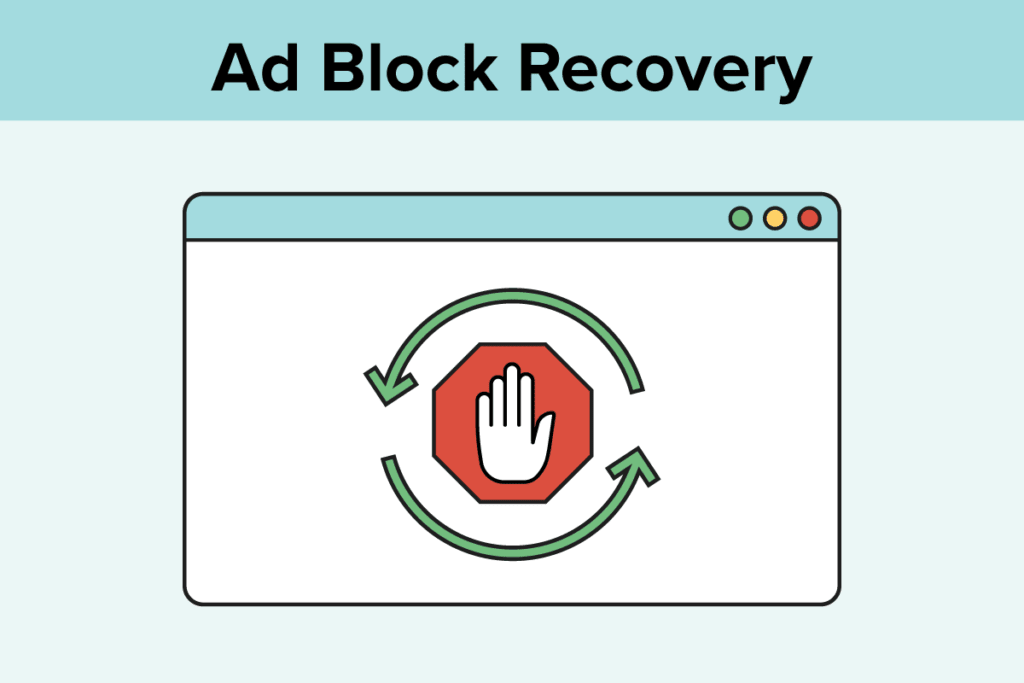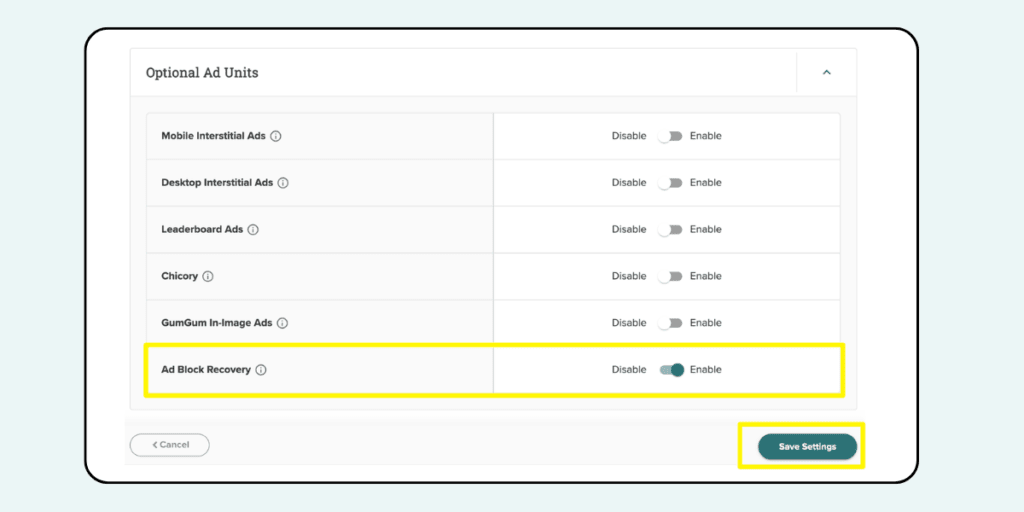Now Available: Ad Block Recovery


Did you know that one-third of internet users worldwide have tried using an ad blocker?
As a result, nearly all content creators running ads on their websites are missing out on some amount of revenue thanks to the percentage of visitors using ad blockers.
Fortunately, there’s a new solution available to Mediavine publishers: Ad Block Recovery.
An ad blocker is an application, typically a plugin or browser extension, designed to improve user experience for people looking for an ad-free browsing experience.
By design, this has a negative impact on any publishers (and the open web as a whole) who depend on advertising revenue.
As mentioned above, nearly a third of internet users have at some point tried an ad blocking technology; the good news is we aren’t seeing rates this high on Mediavine sites.
Third-party data on internal sites shows that for most lifestyle websites, ad block rates are generally quite low — less than 5 percent of users.
This percentage increases in certain verticals like Arts & Entertainment and Technology & Computing, where some properties see 10 to 30 percent of users browsing with an ad blocker.
When a user has an ad blocker enabled, the browser extension or plugin scans any page the user visits for specific bits of code and compares these findings to a database of ad-related code.
If it finds a match, it blocks the ads or limits the ads that can be displayed on the site.
Through these ad blockers, users can choose to completely block all types of ads or opt into only seeing certain types of “Acceptable Ads.”
Some ad block technologies, instead of blocking all ads by default, give the user the option to run “Acceptable Ads.”
Acceptable Ads are a middle ground between the choice to run an ad blocker and the need to support the open web through advertisements.
There are two general criteria for the types of Acceptable Ads shown to website visitors using ad blockers or filters:
In addition, there are certain ad formats that are not allowed as part of the Acceptable Ads standard.
For example, ads that contain animation, video elements and/or play sound will most often not be eligible to serve under the Acceptable Ads Standard.
For the full list of Acceptable Ads, check out the Acceptable Ads Standard.

The good news is that Mediavine publishers can now use Ad Block Recovery to recover some of the ad revenue lost due to ad blockers.
When enabled, Ad Block Recovery can continue to serve ads to readers if they’re using an ad blocker and have opted into seeing Acceptable Ads.
Turning on Ad Block Recovery is as simple as flipping a toggle in your Mediavine Dashboard and clicking Save.

Learn how to enable Ad Block Recovery in Mediavine.
Since the types of ads allowed to display through Ad Block Recovery must follow Acceptable Ads Standards, the pool of recoverable inventory is smaller than the inventory available to audiences who haven’t enabled ad blockers at all.
For example, some of the more attention grabbing ads that may contain animation or video elements would not be served to an ad block user.
Since these types of ads generally command higher CPMs, Acceptable Ads tend to monetize slightly less well on average, though this will vary on a site by site basis.
At Mediavine, we focus not just on monetization solutions but also user experience.
Our mission is to help publishers build sustainable businesses, and Ad Block Recovery is yet another way we are enabling our publishers to do so.
Stay up to date with the latest from Mediavine
One login. Every Feature. Your business has evolved— and so has the Mediavine Dashboard. That’s why we’ve redesigned the Mediavine Dashboard from the ground up. To make it easier to …
Since its launch in 2018, the Create WordPress plugin has helped thousands of publishers display recipes, how-tos, craft tutorials, and travel guides — all while keeping speed, SEO, and reader …
Hispanic Heritage Month gives us an opportunity to celebrate the cultures, histories, and contributions of the Hispanic and Latin American communities. This celebration feels especially meaningful as so many of …